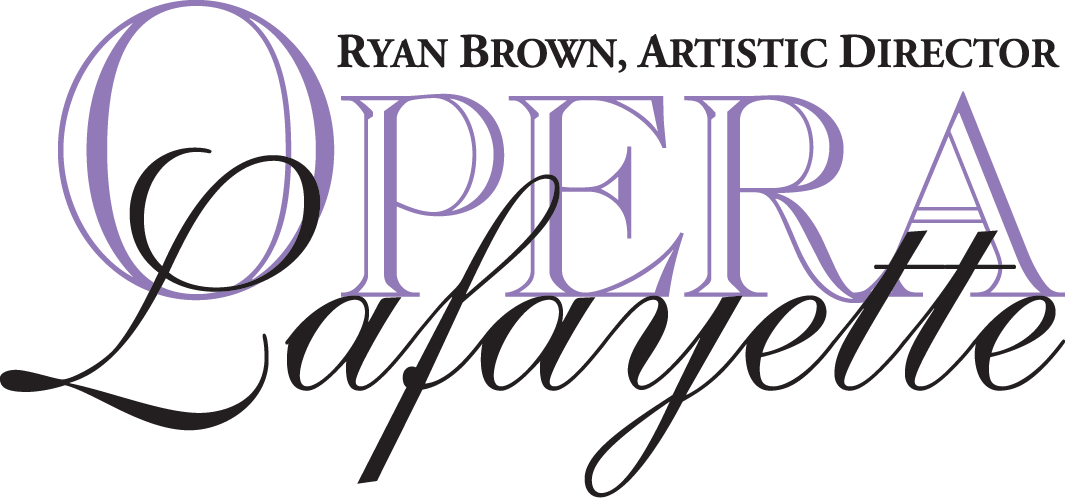December Session Play On! Materials
Haven’t signed up yet?
DECEMBER: Catone in Utica
This unit we dive into the riveting historic tale of Utica through staging, lighting, and song. Utica is a tale of peace vs politics and features some of the most intense characters and astonishing vocal parts in opera. We meet with Guest Artists Amith Chandrashaker, lighting designer; Julie Huang, organist; and Daniel Moody, countertenor. We learn about telling stories and affecting mood with lights, the internal organs of a real live organ, and the astonishing capacity of the human voice.
Listen to the original music from the opera, in Italian below or by clicking here.
See program notes and costume designs from a fully staged production in Vienna, Austria here.
ACTIVITIES
Story and Geography:
This story takes place in a city called Utica. Can you find it on the map? What continent is that? Where is Rome? What continent is that? How do you think Catone and Marzia traveled from Rome to Utica? Do you think Caesar took the same route when he followed them? Or might he have traveled a different path? Why?
Story and Light:
In our workshop on lighting design, Amith introduces us to light and shadow.
Where is the light and shadow in each of these images of scenes from an opera? (designed by Amith)
Find a picture book in your house.
See if you can find all the areas of light and shadow in the pictures of the book. What do the light and shadows tell you about the location of the scene? The weather? The mood?
Painting with Light:
This unit, we notice what light can tell us and how it makes us feel.
Here are three poems about light. Can you make a drawing for each? As you read or listen to the poems, consider:
Where is the light coming from?
What colors do you see?
How bright is the light?
Does it have color?
What does it hide or reveal?
What else is in the scene?
What feelings does the poem bring up?
Even after all this time
the sun never says to the earth,
“You owe me.”
Look what happens with
a love like that,
it lights the whole sky.
-Hafez
The stars around the fair moon fade
Against the night,
When gazing full she fills the glade
And spreads the seas with silvery light.
-Sappho
Light, my light, the world-filling light,
the eye-kissing light,
heart-sweetening light!
Ah, the light dances, my darling, at the center of my life;
the light strikes, my darling, the chords of my love;
the sky opens, the wind runs wild, laughter passes over the earth.
The butterflies spread their sails on the sea of light.
Lilies and jasmines surge up on the crest of the waves of light.
The light is shattered into gold on every cloud, my darling,
and it scatters gems in profusion.
Mirth spreads from leaf to leaf, my darling,
and gladness without measure.
The heaven's river has drowned its banks
and the flood of joy is abroad.
-Rabindranath Tagore
Instruments and Engineering:
In our workshop with Julie, we go inside an actual organ. We see how each key pressed on the keyboard of the organ pulls a string that lifts a lever that opens a pipe to let it play, as in the diagram below. In an organ, this is called a tracker. You can rig your own tracker with string. Could you open or close the door from halfway across your room? What else can you do with a tracker? Could you open or close a drawer? A faucet? The lightswitch? Have fun with it! Just remember to take care of your space and take your rigs down when you’re done so nobody trips.
Other activities for experimenting:
More about pipe organs and the mechanics of early engineering:
Singing Pipes:
In our workshop with Julie, we learn that the different parts of the pipe are named after body parts: “Mouth” “foot” “toe.” Do you see each of those parts in this picture?
Turned upside down, these organ pipes look a bit like gnomes or dwarves. You can print them out and give them faces and names.
If these characters had the voice of the pipe organ from which they came, how do they sound when they sing? Where are they? What are they singing about? You could even cut them out and put them on popsicle sticks to turn them into little character puppets!
Song and Sound:
In our final session of this unit we meet countertenor Daniel Moody. Here he is in concert.
Notice how he can sing impressively high notes while still making a beautiful soft and round sound. What songs do you like to sing? Can you sing it very high? Can you sing it high while still sounding soft?
Glissando:
Daniel leads us in several vocal exercises to warmup the voice and introduces us to the glissando. Glissando is a musical term in italian, taken from the french word “glisse” meaning “glide,” or “slide.”. Notice how it is notated in written music- does it look a bit like a slide?
If you see a glissando between two notes in a song, how do you think that might sound? How is going down stairs different from going down a slide? Try with your voice to make the sound of going down stairs versus going down a slide.
Can you find all of the glissandos in the sheet music below?
OPERA STARTS WITH OH! IS A VIRTUAL PROGRAM PART OF
KNOW SOMEONE WHO WOULD LOVE THIS?
Send them this link and have them register for the next class or the full series!









